There were three particular films that I loved this year, each completely unlike the others. The Kid with a Bike, from Jean-Pierre and Luc Dardenne, and The Skin I Live In, Pedro Almodóvar, both premiered at the Festival de Cannes, with the former winning the Grand Prix. Bellflower, however, held its premiere at the Sundance Film Festival and has since received much less attention than the previous foreign films. I'd like to discuss all three films because they're each wildly imaginative - and in some sense - were all overlooked on their own merits.
The Kid with a Bike

Jean-Pierre and Luc Dardenne are Belgium filmmakers, who chose France as the setting of their fairytale film. The Kid with a Bike is a minimal film, focusing on a young child, Cyril (Thomas Doret), who is in search of his bicycle and father. Cyril finds both relatively quickly, despite putting up quite a fight in the process, and the film then shifts its focus to his search for meaning and purpose. The film, in some sense, exemplifies pure cinema; that is, the film uses natural techniques to create an emotional experience, rather than complex stories or characters. The film's protagonist, Cyril, is always on the move, always on the run, always running toward his goals, and rightfully so, the filmmakers incorporate a constantly moving camera, one that follows Cyril on his journey. This technique is particularly useful when Cyril lashes out in anger and runs away from the scene, but equally effective when Cyril blissfully rides his bicycle. In one particular scene toward the end of the film, the filmmakers hold on an image of Cyril riding his bicycle with intensity. The camera, however, is smooth - unlike other moments of movement in the film, where the camera often struggles to keep up. The scene lasts over a minute, providing us with a sense of realism. The most effective of all techniques - camera or otherwise - is the decision to use music in the film. The Dardenne brothers, who don't frequently use music in their films, turn to Ludwig van Beethoven's "Piano Concerto No. 5 (Emperor)," a sample that is used three times in the film. The music, then, becomes a structuring motif; the music allows for a clear transition from one desperate moment in Cyril's life to the next, as well as adding depth to the overall emotional experience in the film.
The Skin I Live In

Pedro Almodóvar has branded himself a master of formalism, translating his personal feelings into imaginative fantasies. The Skin I Live In is one of his most personal films thus far, and one of his best films in terms of questioning sex, gender and identity. If nothing else, it's his most clear statement on those ideas. In the film, a surgeon (Antonio Banderas), who fabricates synthetic skin that can withhold any form of damage, tests his creation on a mysterious woman who he keeps locked in a room. The film is split into two parts; everything that leads up to the moment of her escape and everything that lead up to the moment of her entrapment. The film is a horror of minds - it's unfair to call this film a thriller, because of its hybridization of genres - but the film succeeds in its moments where lines of genre become blurred. The film switches from horror, thriller, fantasy, melodrama, and creates a shocking world. The filmmaker injects his personal vision into his characters; it's difficult not to make the distinct connection to Pedro Almodóvar, who is an open homosexual, after the film reveals its secrets in the areas of sex changes. The film presents itself as a question, more so than the film attempts to answer any questions; the filmmaker questions how we identify ourselves and how gender shapes our identity of ourselves. In relation to these themes, the film is constructed like a good thriller, borrowing elements that made Alfred Hitchcock's films so successful, as well as a leading man that reminds us of Cary Grant.
Bellflower

Bellflower, a film from Evan Glodell, has drawn comparisons to Fight Club, because of its depiction of young men crossing over into manhood. Bellflower, in some sense, is full of even more mayhem (if you can believe what we're seeing is reality), even in its moments of romantic drama. The film, like all films that lend themselves to structure, is divided into two parts. The first hour of the film is a romantic drama, concerning itself with the likes of Woodrow (Evan Glodell) and Milly (Jessie Wiseman). The second hour of the film is pure chaos; whereas Fight Club opens (literally) inside the protagonist's mind, Bellflower patiently pulls us into its protagonist's mind, and successfully ends with us lounging inside his brain, attempting to question his sanity. The film heavily relies on its Mad Max influence, with two young men who are building a flamethrower in preparation for the inevitable apocalypse. Evan Glodell (the film's writer, director, producer, and star), is confident with every scene; if certain moments in the film are questionable, we never feel like the filmmaker himself is unsure of his direction. The images on the screen are all germane to its themes; the filmmaker designed the camera he used for filming, and his choices of lenses and film stock give the film a washed out, vintage look that feels oddly appropriate, but as the film cranks up its chaos, the visuals become extremely stylized. The film, made for almost nothing, is bold in its assertion that these men are simply adapting to the changing world around them.
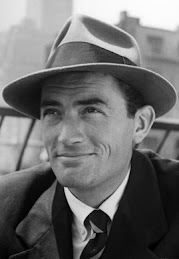

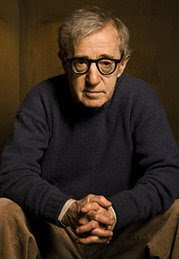

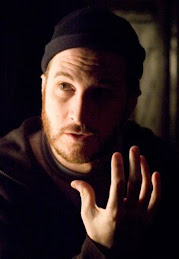

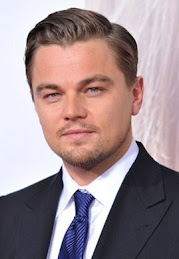
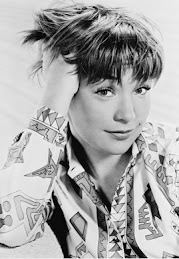
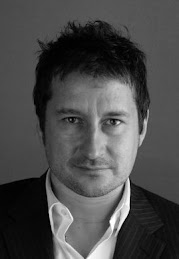
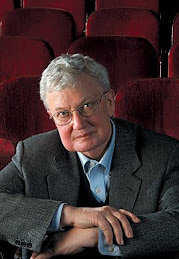



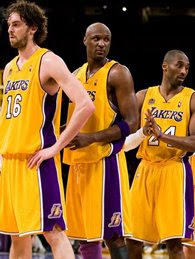

No comments:
Post a Comment